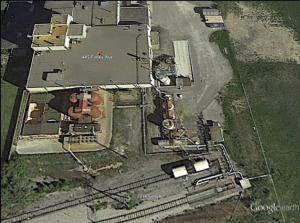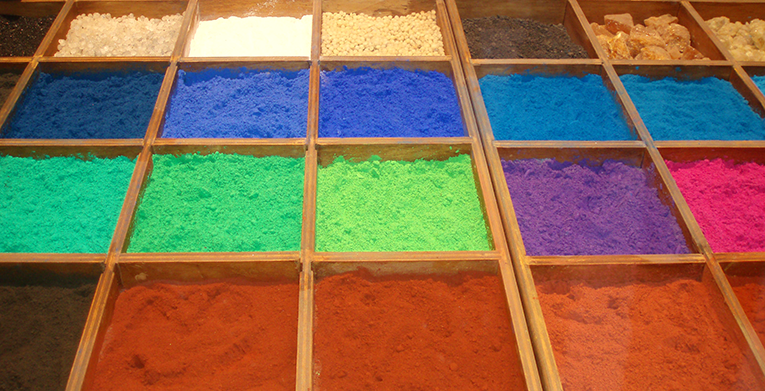As the House and Senate work to reconcile their TSCA reform bills, this post from our partners at the Healthy Building Network reinforces the need to cut the Senate provision that makes it harder for EPA to intercept a dangerous chemical when it enters the U.S. as part of an imported product.
 If you are outraged by the lead poisoning of children in Flint, Michigan, take a look at what’s happening just 250 miles to the east, near Toronto, where a Canadian company continues to produce lead compounds and distribute them worldwide for use in paints and plastics.
If you are outraged by the lead poisoning of children in Flint, Michigan, take a look at what’s happening just 250 miles to the east, near Toronto, where a Canadian company continues to produce lead compounds and distribute them worldwide for use in paints and plastics.
Long after most of us have thought lead pigments were no longer in commerce, Dominion Colour continues to manufacture, for export, large volumes of them. Dominion is the world’s largest producer of lead pigments, and it is fighting to maintain its toxic trade. The company is trying get an exemption from a European Union ban on two lead pigments, sparking outrage from global public health groups including the European Environmental Bureau, Occupational Knowledge International, RightOnCanada.ca, and the international NGO network, IPEN.[1]
Last year, according to shipping records examined by the Healthy Building Network, Dominion Colour exported over 950 metric tons (that’s over two million pounds) of pigments, mainly to Asia. Shipments have continued apace this year. Dominion made five shipments of lead pigments in the first five weeks of 2016, totaling 140 metric tons, to China, Indonesia, Malaysia, and Thailand.[2] The latter three countries have no restrictions on the use of lead paints in homes, schools, or childcare facilities.

But other companies continue to use lead pigments, decisions that will impact people many decades into the future. Three of the ten largest paint companies in the world – PPG, Sherwin-Williams, and Valspar – still make and distribute lead paint in developing countries, said Gottlesfeld.[3]
The plastics industry also is a major consumer of lead pigments, he added. HBN’s examination of shipping records confirmed that many Dominion Colour pigment consignees supply the plastics and rubber industries; a couple of these firms are located in the United States.
The countries importing Dominion’s lead pigments, in return, export plastic products to North America, completing a circle of toxic trade. Since October 2012, the US Consumer Products Safety Commission has issued 2,192 violation notices for products that exceeded US laws on lead in paint and children’s products.[4] The vast majority of these products were imported from China. Given these rates of detection, it seems inevitable that pigments exported by Dominion Colour come back to North America in plastic products, including building materials, that are not routinely tested for lead.
Gottlesfeld and several Canadian public health organizations have urged Dominion Color to stop producing lead pigments, but “they have not committed to any of the things we’ve asked them to do.” He urged readers to sign an ongoing petition, and to use other social media tools, to pressure Sherwin-Williams, PPG, and Valspar to stop making and distributing lead paint in developing countries around world.
“The ongoing sale of lead pigments and paint around the world,” said Gottlesfeld, “is particularly outrageous when you consider that average blood lead levels in developing countries are about 5 to 10 times higher than levels seen during the crisis in Flint, Michigan.”
Citations:
- “Canadian Company Opposing EU Efforts to Eliminate Lead Paint.” Right On Canada, February 2, 2016.. http://www.rightoncanada.ca/?p=3405.
- “Dominion Colour,” database records, Panjiva.com, 2015-2016.
- Personal communication.
- “Violations.” US Consumer Product Safety Commission, January 20, 2016. Accessed February 12, 2016. http://www.cpsc.gov/en/Recalls/Violations/




